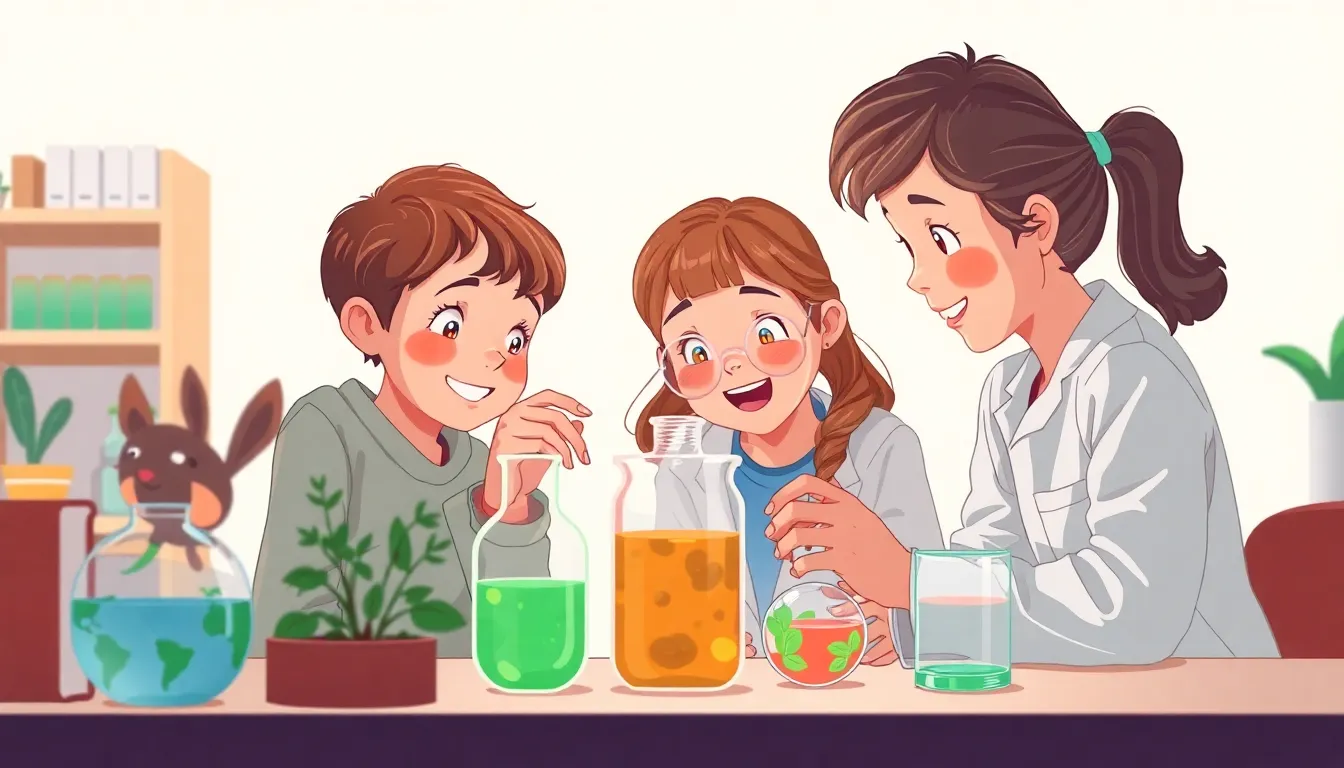
Biology
What Is Biology?
Biology is the study of living things. It looks at plants, animals, fungi, and tiny organisms you can’t see without a microscope. Scientists who study biology are called biologists. They ask questions like: How do animals find food? How do plants grow? How do our bodies work? By answering these questions, biologists help us understand the world and how to protect it.
Cells: the Building Blocks of Life
All living things are made of cells. A cell is a tiny, living unit that can’t be seen without a microscope.
- Plant Cells have a wall that gives them shape and tiny green parts called chloroplasts that make food from sunlight.
- Animal Cells do not have walls, but they have many parts that help them move and work together.
Even the biggest animal, like an elephant, is made of billions of cells. Each cell has a job, and together they keep the whole organism alive.
Inside a Cell
Inside a cell you’ll find:
- Nucleus – the control centre that holds DNA, the instructions for life.
- Mitochondria – the power plants that turn food into energy.
- Cytoplasm – a jelly‑like fluid where all the parts float.
Learning how cells work helps us understand health, disease, and how new medicines are made.
How Living Things Interact
Living things never exist alone. They are part of ecosystems, which are communities of plants, animals, and microbes that depend on each other.
- Food Chains show who eats whom. A grasshopper eats grass, a frog eats the grasshopper, and a bird may eat the frog.
- Symbiosis is when two species help each other. For example, bees collect nectar from flowers while spreading pollen that lets plants make seeds.
- Decomposers like fungi and bacteria break down dead material, returning nutrients to the soil so new plants can grow.
These connections keep the Earth healthy. When one part of an ecosystem changes, it can affect everything else. That’s why protecting habitats and caring for the environment is so important.
Understanding biology gives us tools to solve problems, from curing diseases to protecting endangered species. It shows us that every living thing, big or small, plays a role in the web of life.